Nostalgic for the rich and fatty taste of Vietnamese coffee, many foreign visitors want to learn the recipe to make it themselves when they return home.
In a cozy space, the guests were given aprons and introduced to the tools that would be used in this lesson. On each bamboo tray was a coffee filter, a small pot with a cloth filter and an old-fashioned glass cup. Students listened attentively to the instructor's instructions.
Mr. Phuong (31 years old, Khanh Hoi Ward) said he brewed coffee at home every day but it didn't smell good. Only after coming to class did he learn the secret lies in the step of steeping the coffee for 1 minute before pouring in boiling water, a small action that makes a big difference.

Filter coffee and filter coffee making tools are displayed on a bamboo tray.
PHOTO: Contributor
The instructor is Mr. Nguyen Dinh Le Hoa - founder of MOM Cooking Class. He said that coffee is not just a drink but a part of Vietnamese culture. In the workshop, he chose to introduce Hanoi- style egg coffee and Saigon-style filter coffee as the two most typical styles.
Northern egg coffee uses 85-90% robusta to create a strong flavor and lots of caffeine. The egg cream layer is whipped from egg yolks, sugar, honey and a little salt to balance the smoothness and thickness, and is poured slowly. Southerners tend to prefer milk, with a lighter coffee flavor, usually mixed in a 50-50 ratio.
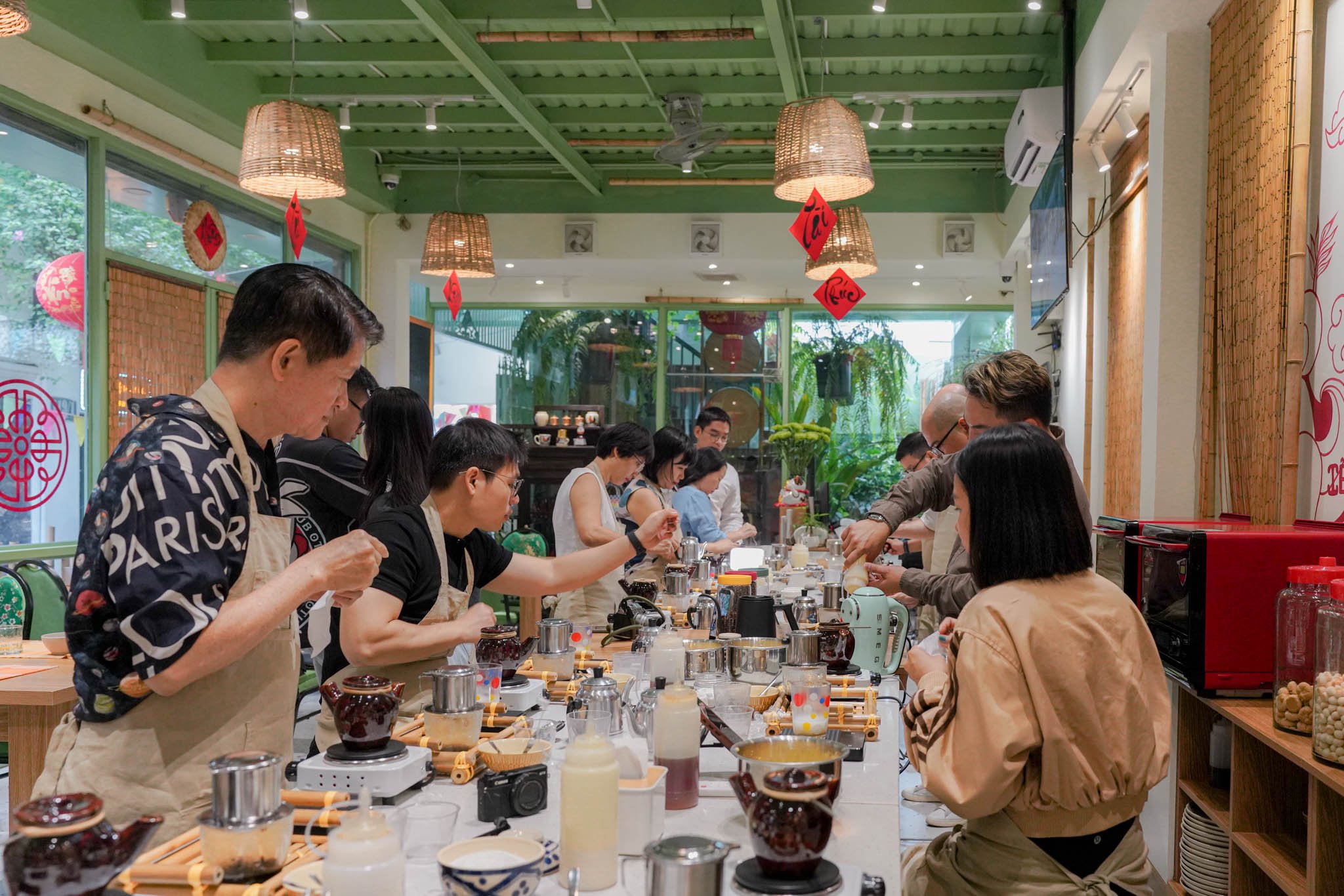
Tourists attentively practice each step of making coffee
PHOTO: Contributor
For filter coffee, Mr. Hoa uses coarsely ground roasted beans, brewed in a cloth filter, and simmered on a super small pot to create a soft, smooth taste. Each student weighs 20g of coffee, extracts for the right amount of time, and then brews a cup of filter coffee in the old Saigon style.
Brian Letwin (41 years old, American) has lived in Vietnam for 10 years because he loves the local culture. He shared that he used to wonder how Vietnamese people "mix raw eggs into coffee without it smelling fishy". When he personally beat the eggs, sprinkled cocoa and poured the egg sauce on the filter coffee, he kept exclaiming in surprise.

Brian Letwin (41 years old, American) enjoys making a cup of standard Vietnamese egg coffee.
PHOTO: Contributor
Meanwhile, Emma Richardson (28 years old, UK), who traveled to Vietnam for the first time, said she tried egg coffee in Hanoi but "didn't believe she could make it herself." After the class, Emma laughed out loud: "Now I understand why Vietnamese people are so proud of coffee. I will make this for my parents when I return to London." Luca Marenzi (35 years old, Italy), an amateur barista, especially enjoyed making filter coffee: "In Milan, I only made espresso and cappuccino. Filter coffee is more like a ritual, slow, patient... and I like that."

In addition to learning how to make coffee, foreign guests also like to learn how to make Vietnamese dishes such as banh xeo, pho, grilled beef in betel leaves...
PHOTO: Contributor
After about 45 minutes of class, guests enjoyed two cups of homemade coffee along with a typical breakfast of bread and green rice sticky rice. Mr. Hoa explained that the South is used to bread, the North eats sticky rice; a cup of egg coffee and a bowl of green rice sticky rice in the fall is "perfect". The green rice sticky rice he cooked was made from Northern ingredients, and the bread was from a bakery on Tran Quang Khai Street, which only uses yeast for 48 hours, without beating the dough, creating a dense and fragrant loaf.
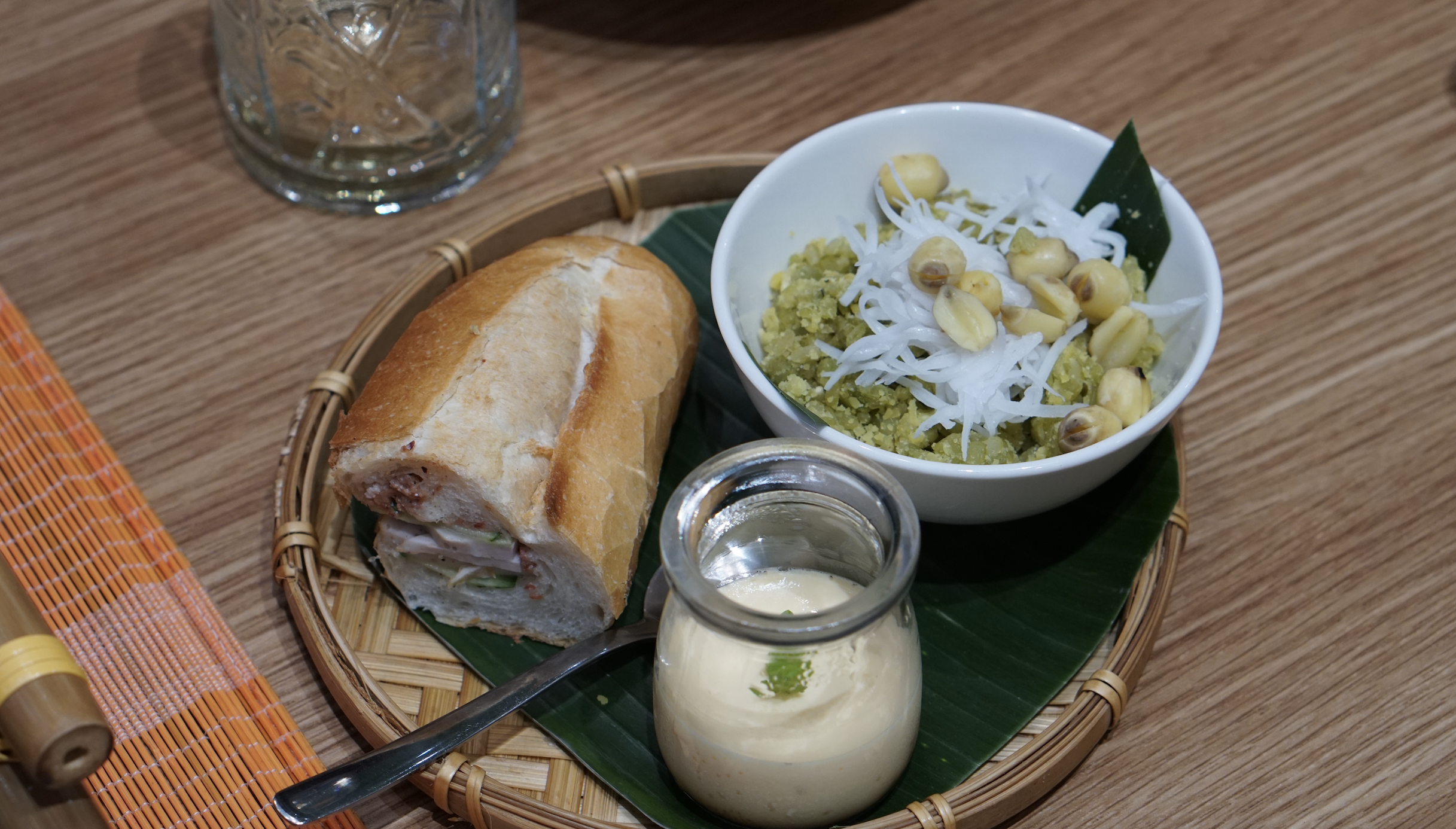
A familiar Vietnamese breakfast of sticky rice, bread and flan is served after the coffee making class.
PHOTO: LE NAM
Over the past 3 years, MOM Cooking Class has welcomed about 30,000 visitors, mostly from the US, Europe, Canada... becoming one of the most famous cooking classes for foreigners in Ho Chi Minh City. "Coffee is not the main product, but after learning banh xeo, pho, bo la lot... all visitors want to learn how to make Vietnamese coffee," said Mr. Hoa.

Many people love the rich, fatty taste of Vietnamese coffee so much that they are determined to learn the recipe to bring this flavor back home.
PHOTO: LE NAM
The coffee making class costs 15 USD (about 400,000 VND), including instructions, ingredients, tools and two cups of coffee (egg, iced milk), with bread and sticky rice for guests to enjoy. Guests who want to learn in depth 1-1 will pay about 50-60 USD (1.3-1.5 million VND). "My goal is to let tourists approach Vietnamese culture in the most interesting and closest way," Mr. Hoa shared.
Source: https://thanhnien.vn/khach-tay-nuom-nuop-toi-tphcm-hoc-pha-ca-phe-trung-185251127150604594.htm


![[Photo] President Luong Cuong attends the 50th Anniversary of Laos National Day](/_next/image?url=https%3A%2F%2Fvphoto.vietnam.vn%2Fthumb%2F1200x675%2Fvietnam%2Fresource%2FIMAGE%2F2025%2F11%2F27%2F1764225638930_ndo_br_1-jpg.webp&w=3840&q=75)




![[Photo] Prime Minister Pham Minh Chinh chairs the 15th meeting of the Central Emulation and Reward Council](/_next/image?url=https%3A%2F%2Fvphoto.vietnam.vn%2Fthumb%2F1200x675%2Fvietnam%2Fresource%2FIMAGE%2F2025%2F11%2F27%2F1764245150205_dsc-1922-jpg.webp&w=3840&q=75)


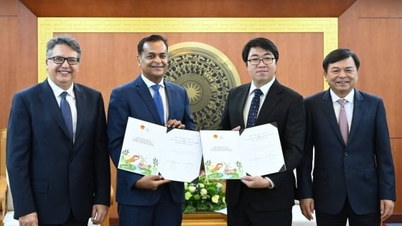

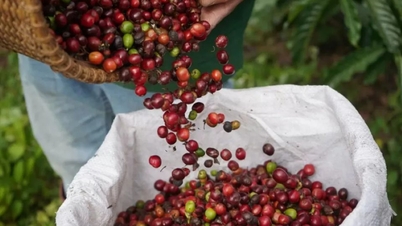

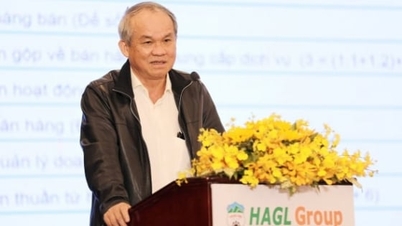
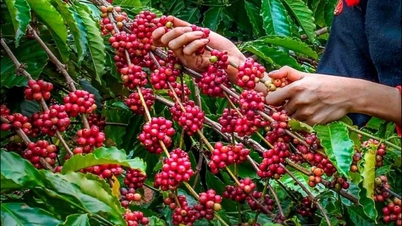
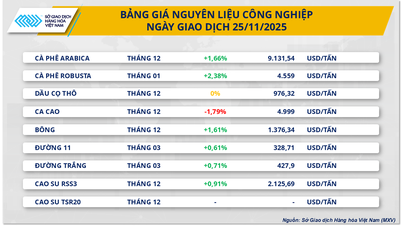

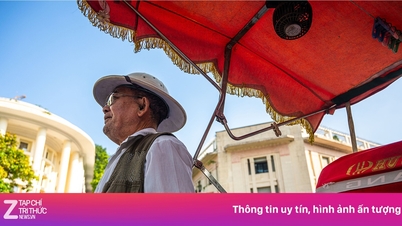



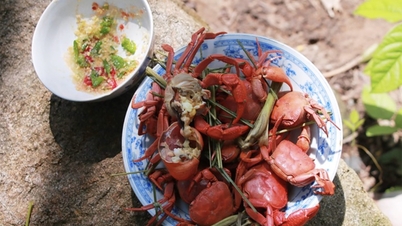

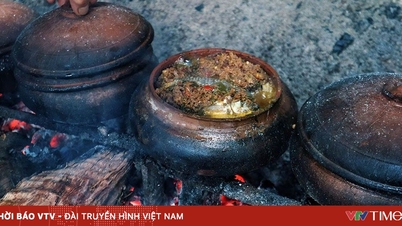
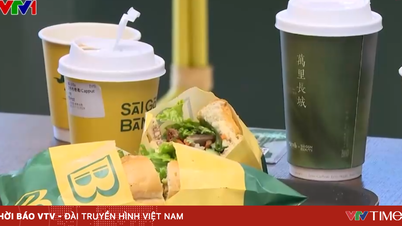









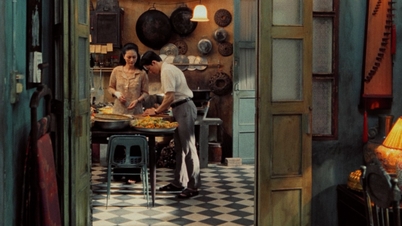




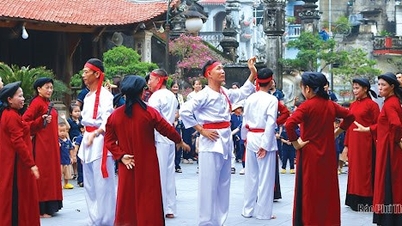

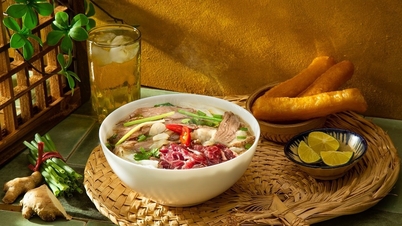






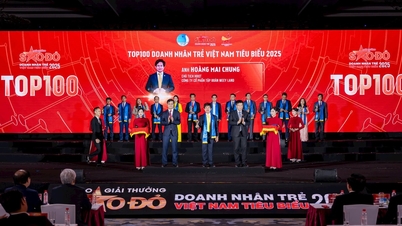





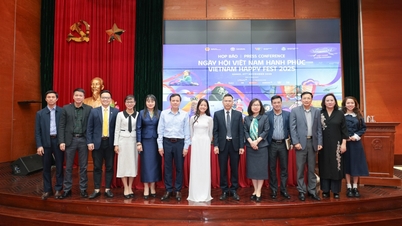















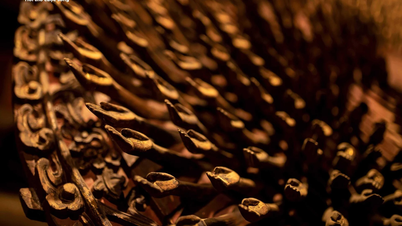





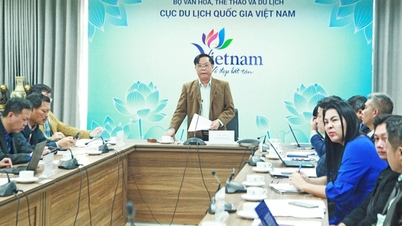

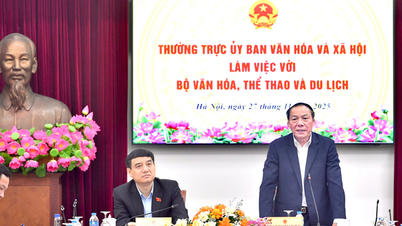

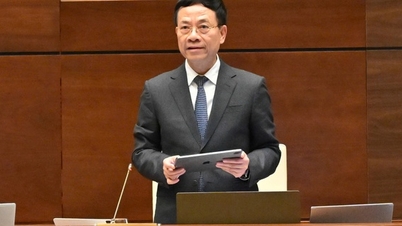



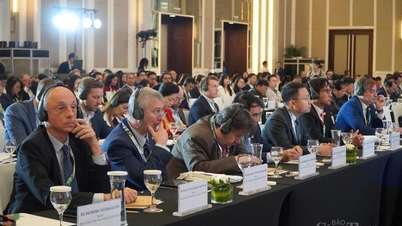
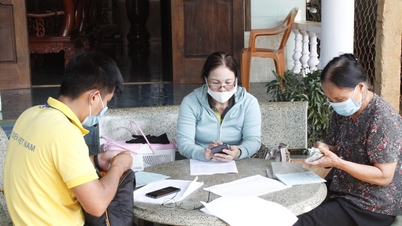

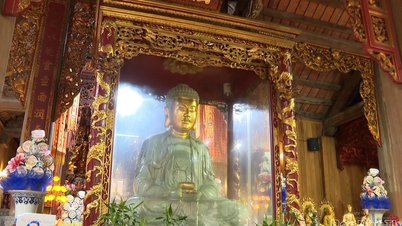


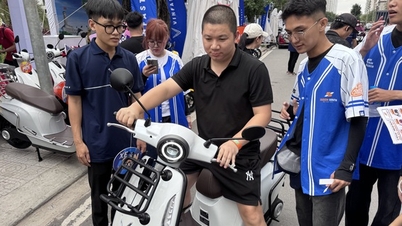



![[Online forum] Effective implementation of ethnic policies in Thai Nguyen province](https://vphoto.vietnam.vn/thumb/402x226/vietnam/resource/IMAGE/2025/11/28/1764296450164_30729563efc1639f3ad0_20251128090933.jpeg)











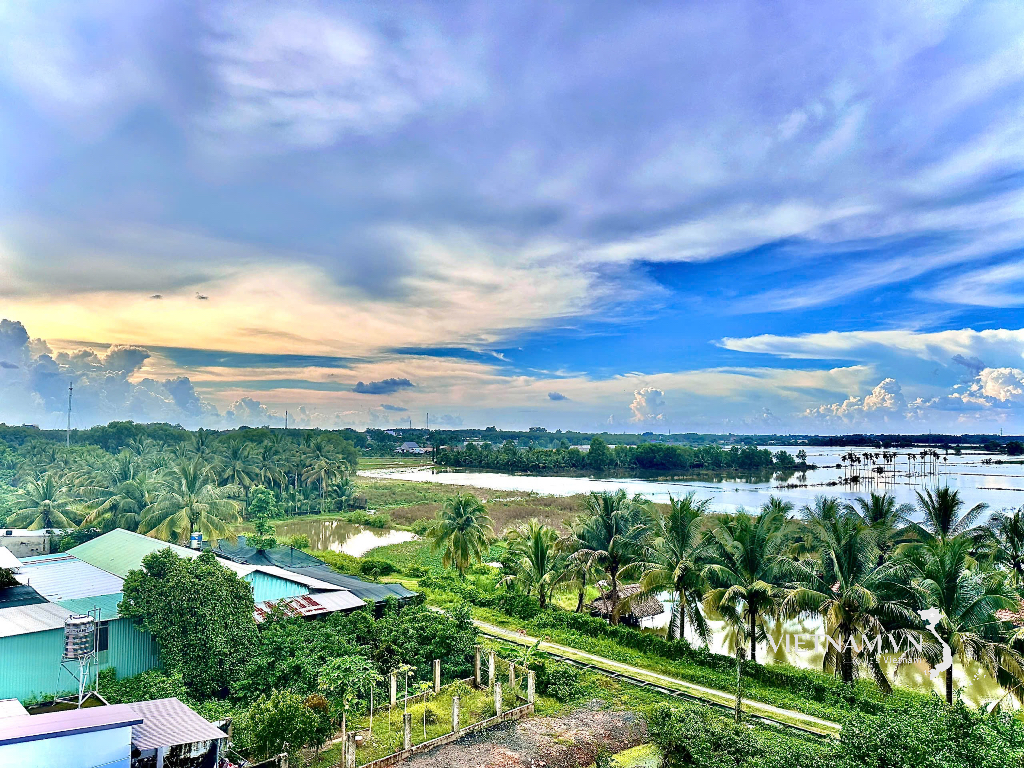

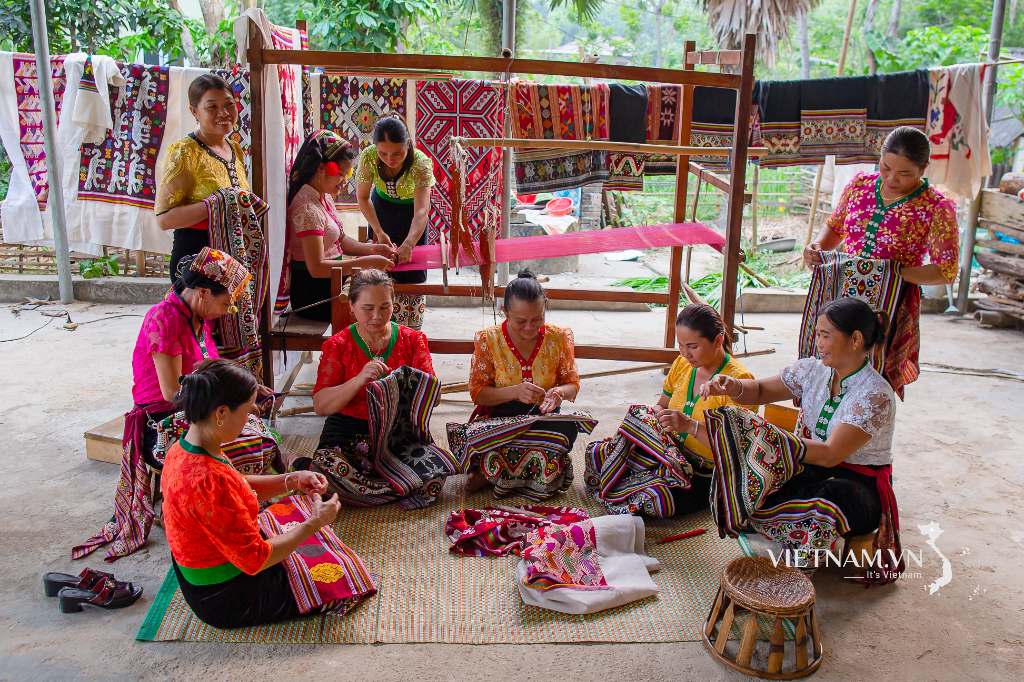
Comment (0)